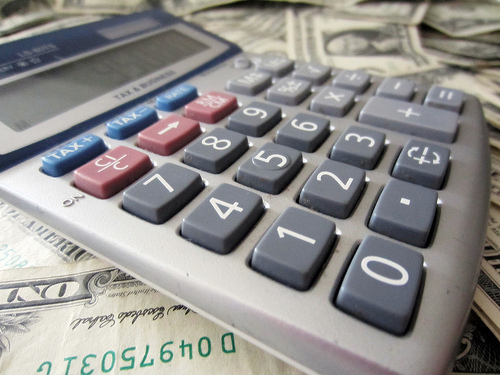When selling a product, food or services, you have to ensure sufficient income to cover your expenses. Any income that you make from the production cost is considered your profit. Below is the pricing methods on how to price your products.

Cost-plus pricing
This method allows you to cover all direct costs and then generate a profit. For example, you want a 20% profit from 100 units of a product that cost you P1,000. you should sell the product for P12 each.
Cost-based pricing
This method uses unit costs of direct and indirect costs to determine the price. The formula for cost-based pricing calculates the price per unit by using the equation [(VC x unit sold) + FC] x (100 + profit margin, expressed in percentage).
For example, you calculate your variable cost as P30, fixed cost as P500, units sold as 100, and target profit as 20%. Using the formula, your selling price must then be P42 per unit, to cover your costs and make a 20% profit.
Note that the price per unit, before adding the profit margin, is also the breakeven point. The selling price must be P42 to cover costs and make a 20% profit.
Percent food cost pricing
This is a method based on a theory that food cost makes up about 40% of the product price. Using this method, simply multiply the food cost by 2.5 (40% x 2.5 = 100%).
Contribution pricing
This method always allow you to cover all direct costs (per product), and also allows a contribution toward indirect costs and profit. For example, your indirect costs amount to P1,000; desired profit, 30% (P300); and a contribution of P20.
The formula to follow is (IC + profit)/contribution = units to sell. Using this formula, you need to sell 65 units of the product to cover the indirect costs and make a profit of P300.
Working-back method (expected return)
This method is most useful for small businesses, as it computes for the total costs and desired profits first. Use this formula: (total costs + profit)/units sold = price per unit.
For example, you calculate your total cost as P1,000; you sell 100 units; and you desire a profit of 50% (P500).Your price per unit would be P15. If this turns out to be higher than the price offered by your competitor, offer something more to the consumer, to compensate for the higher price (for instance, free delivery).
Reference: Pricing Your Food Product, North Dakota State University Extension Service

